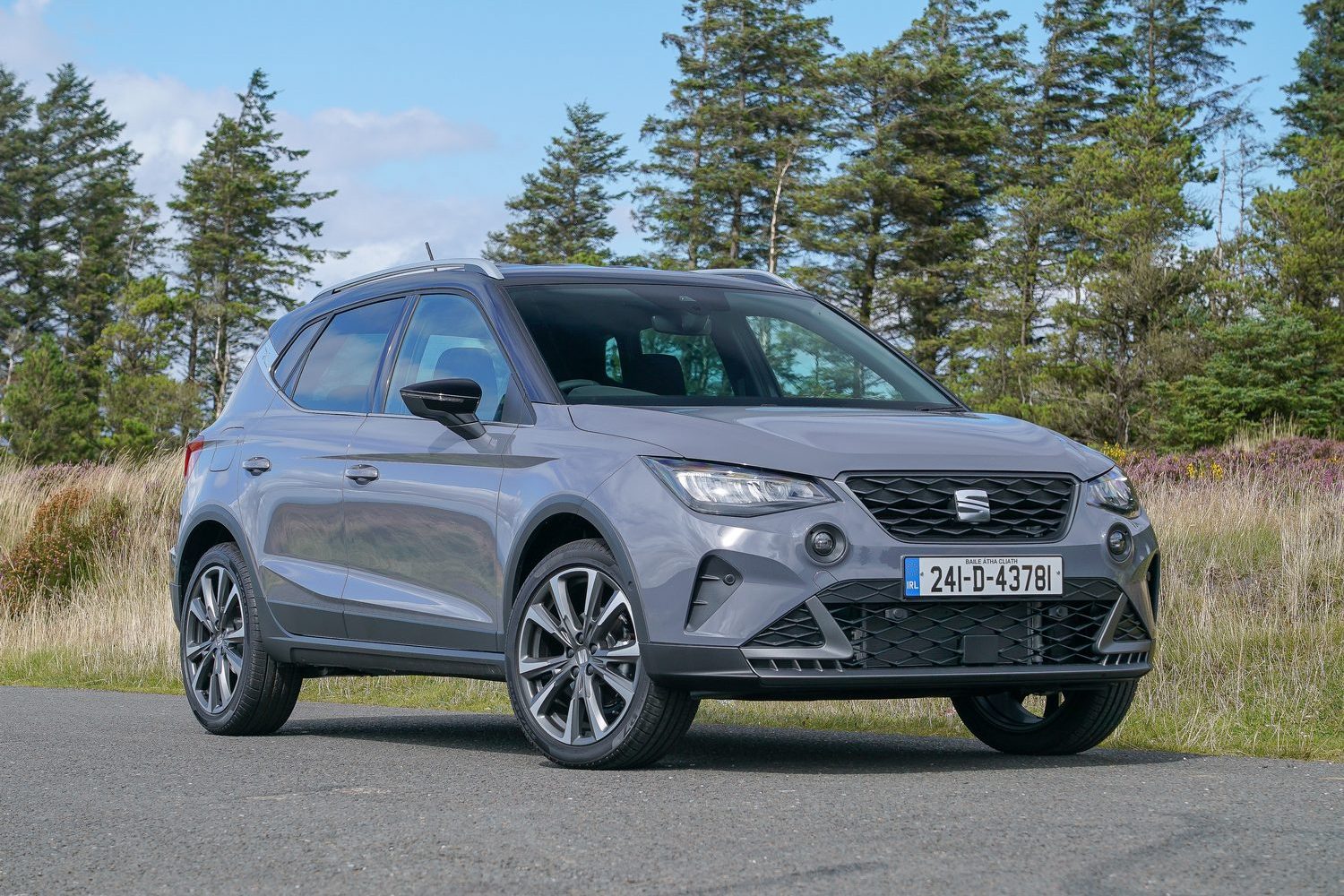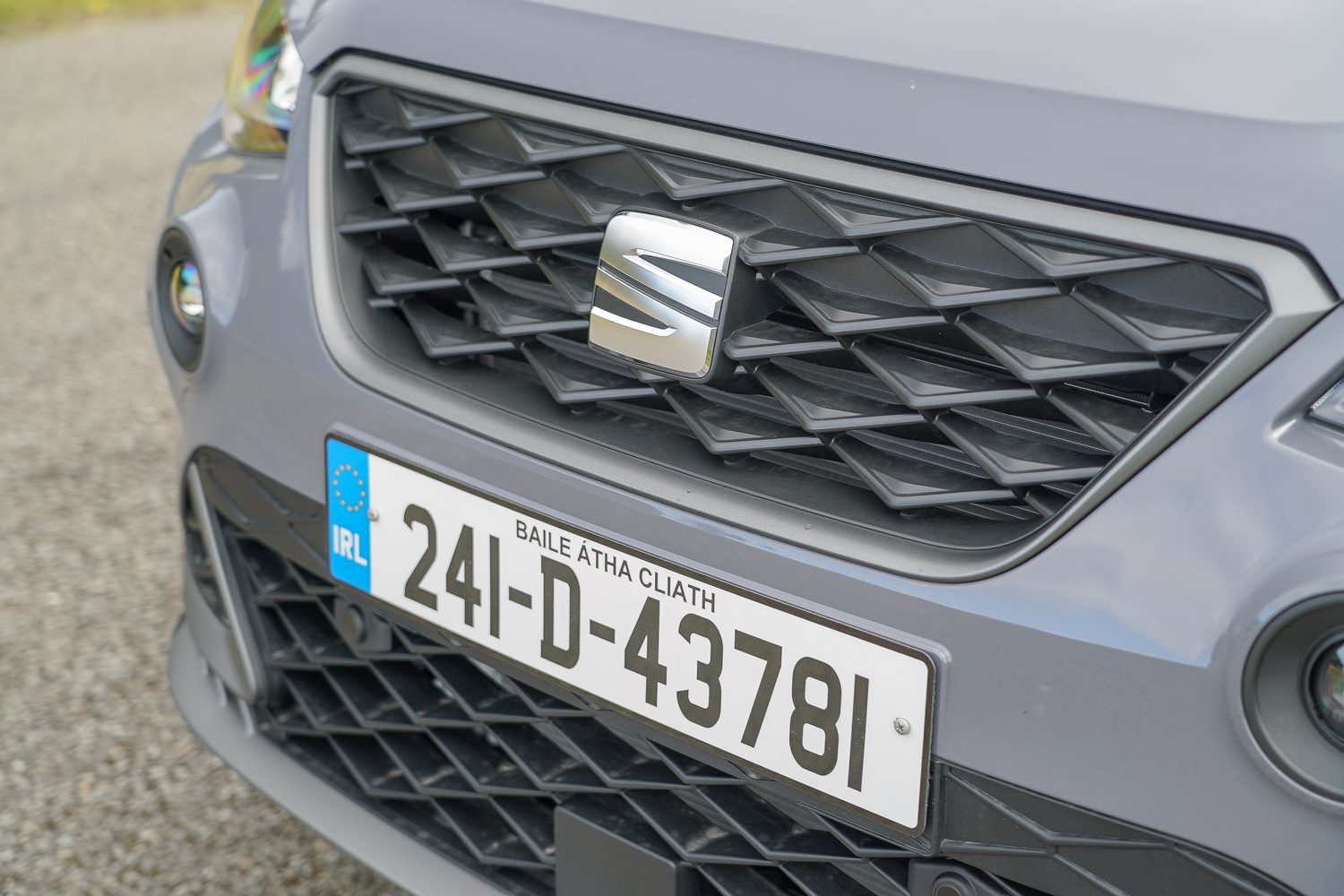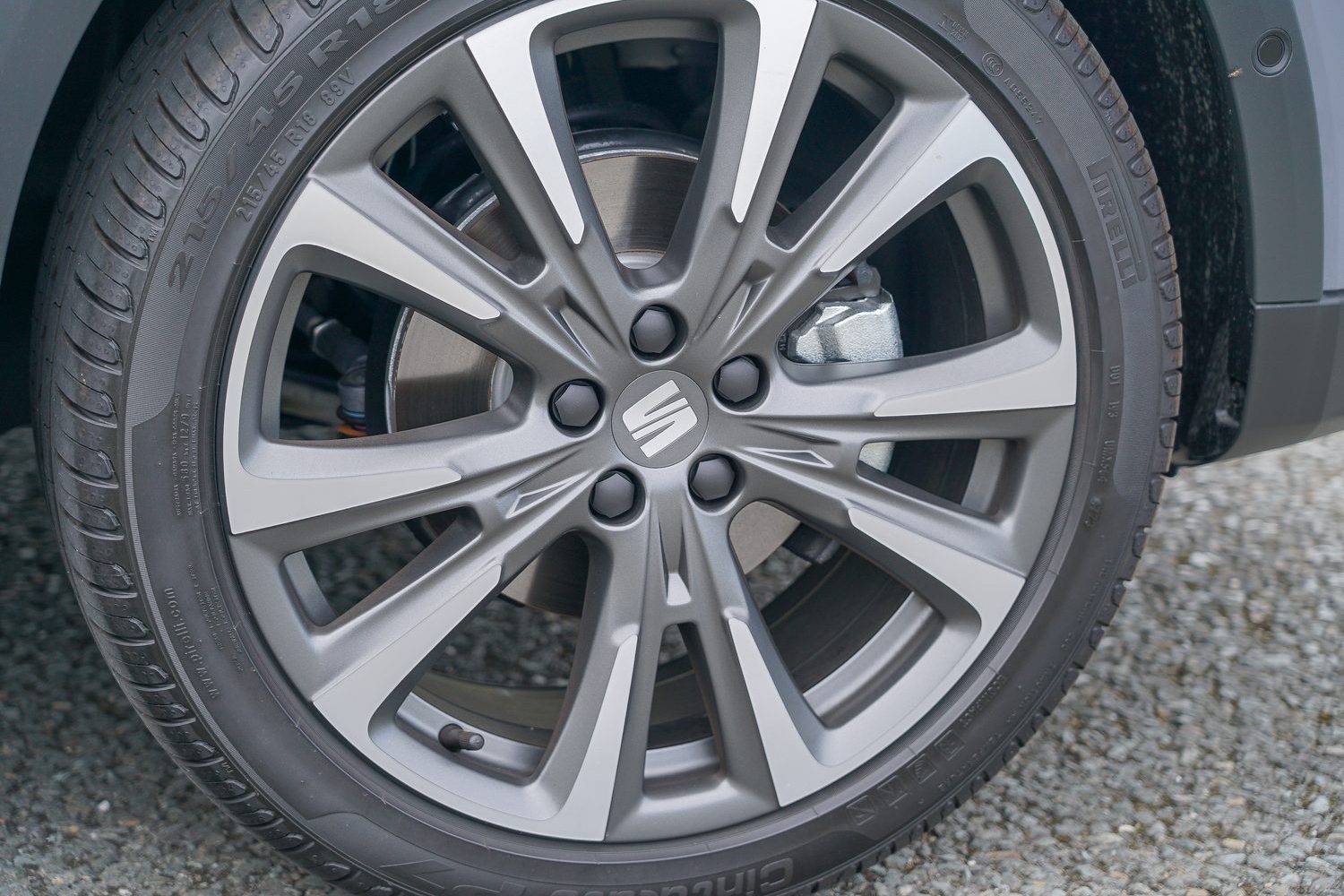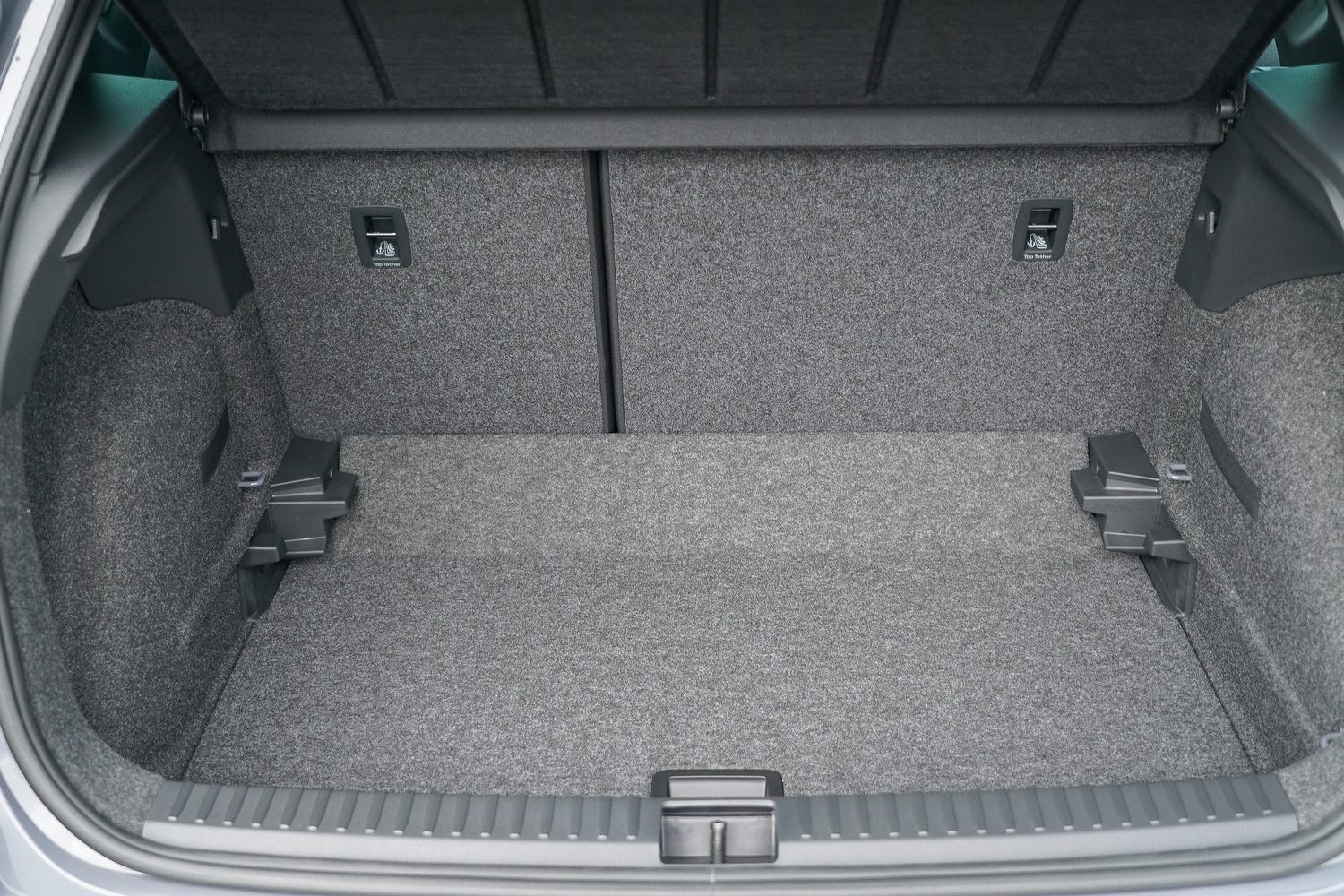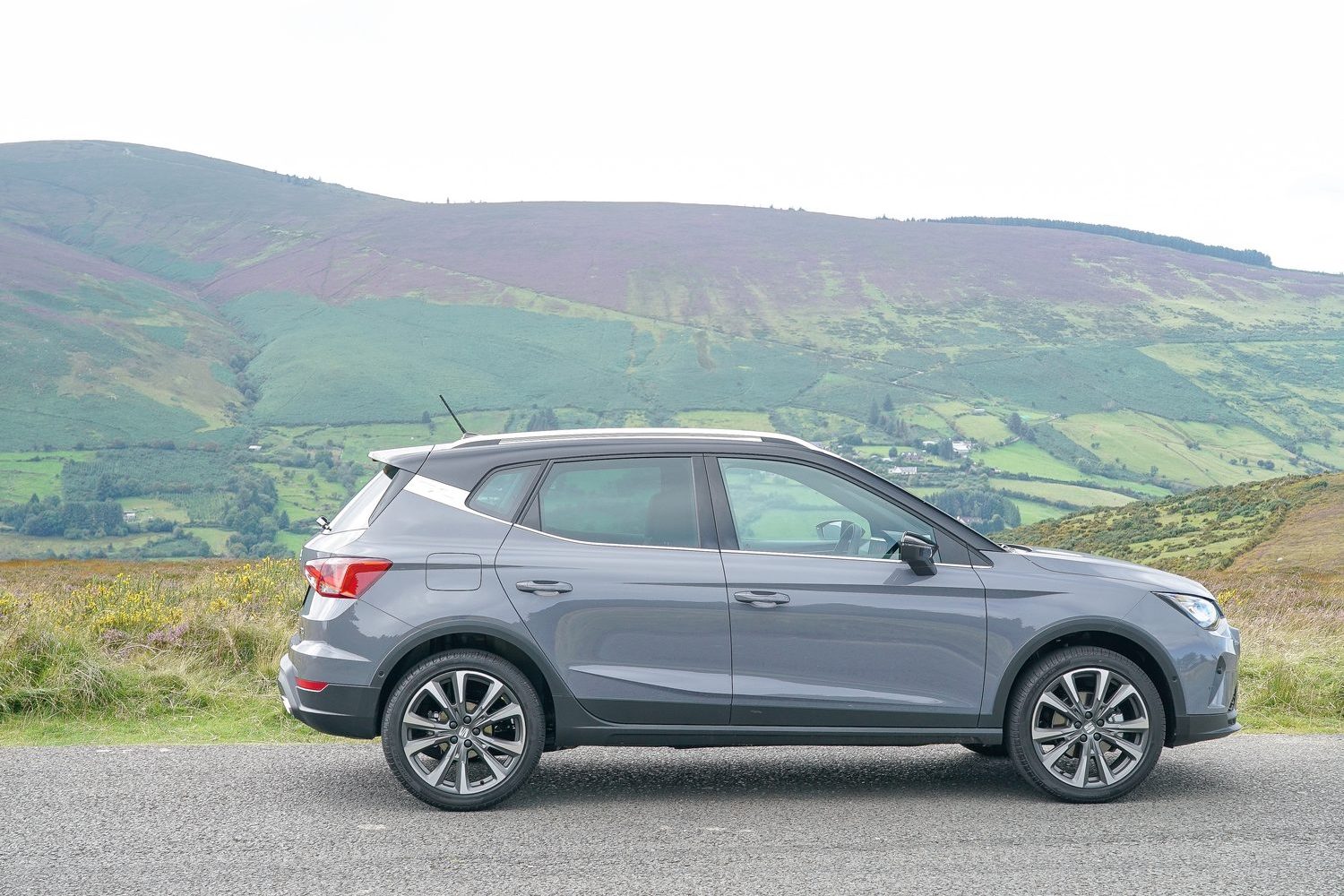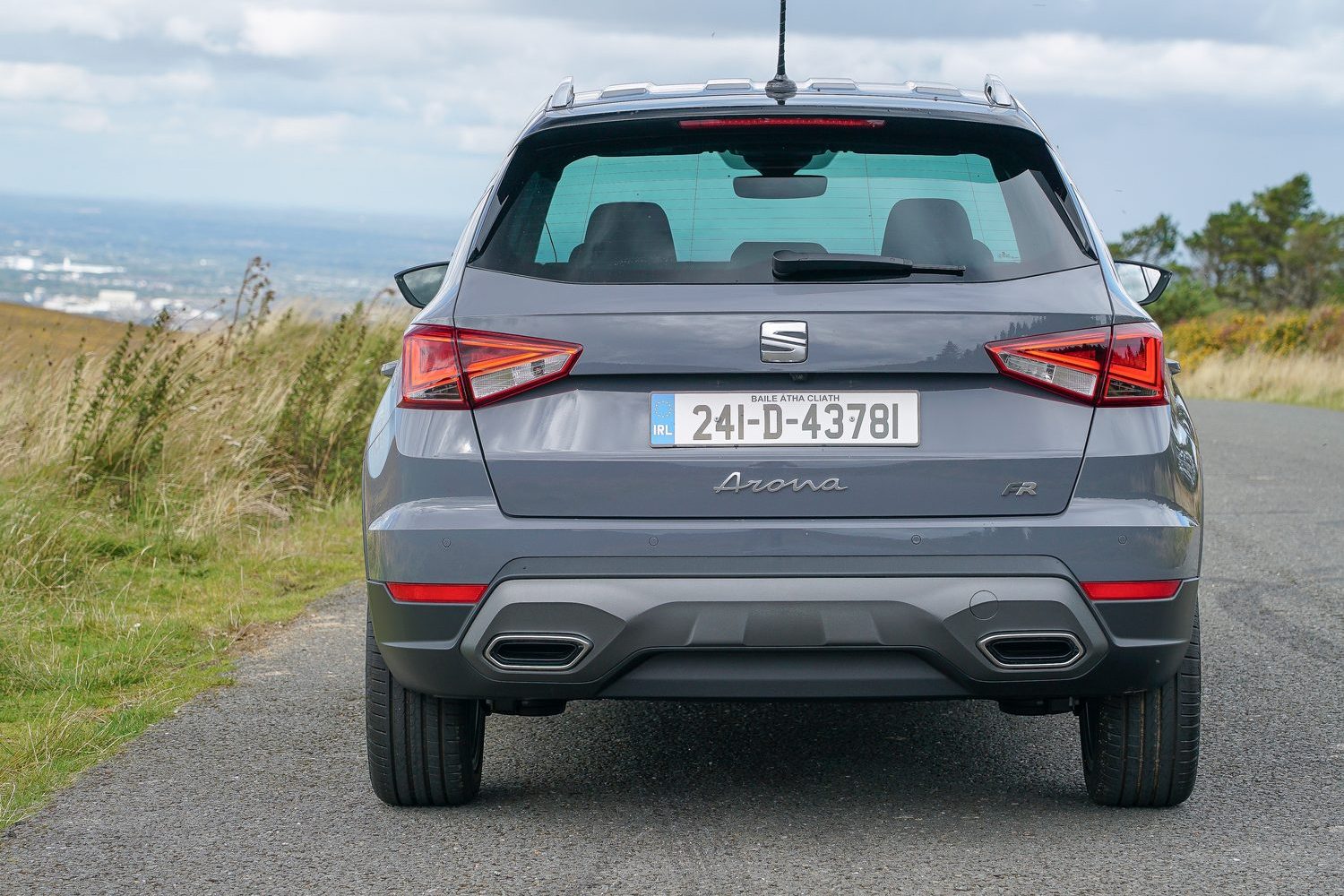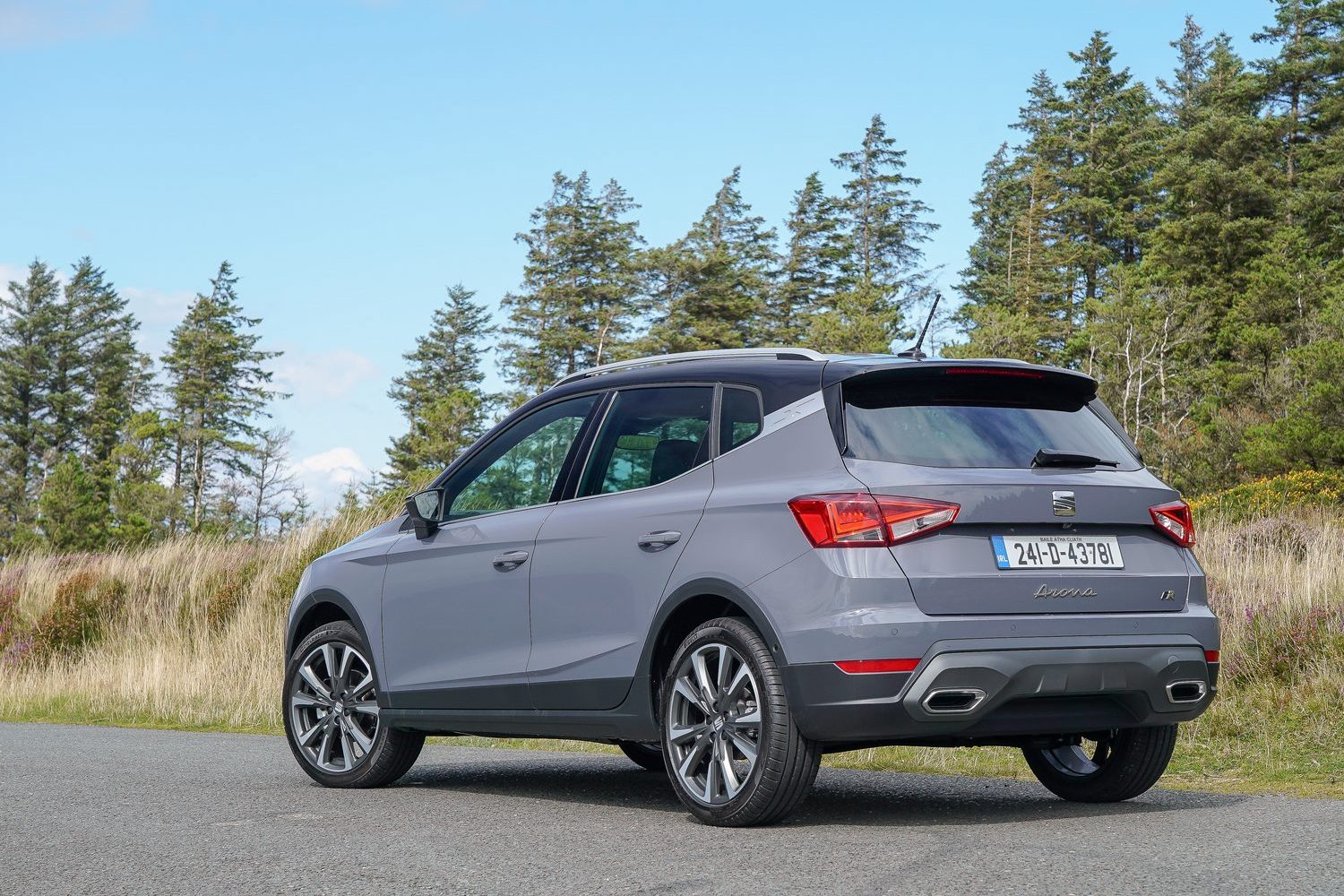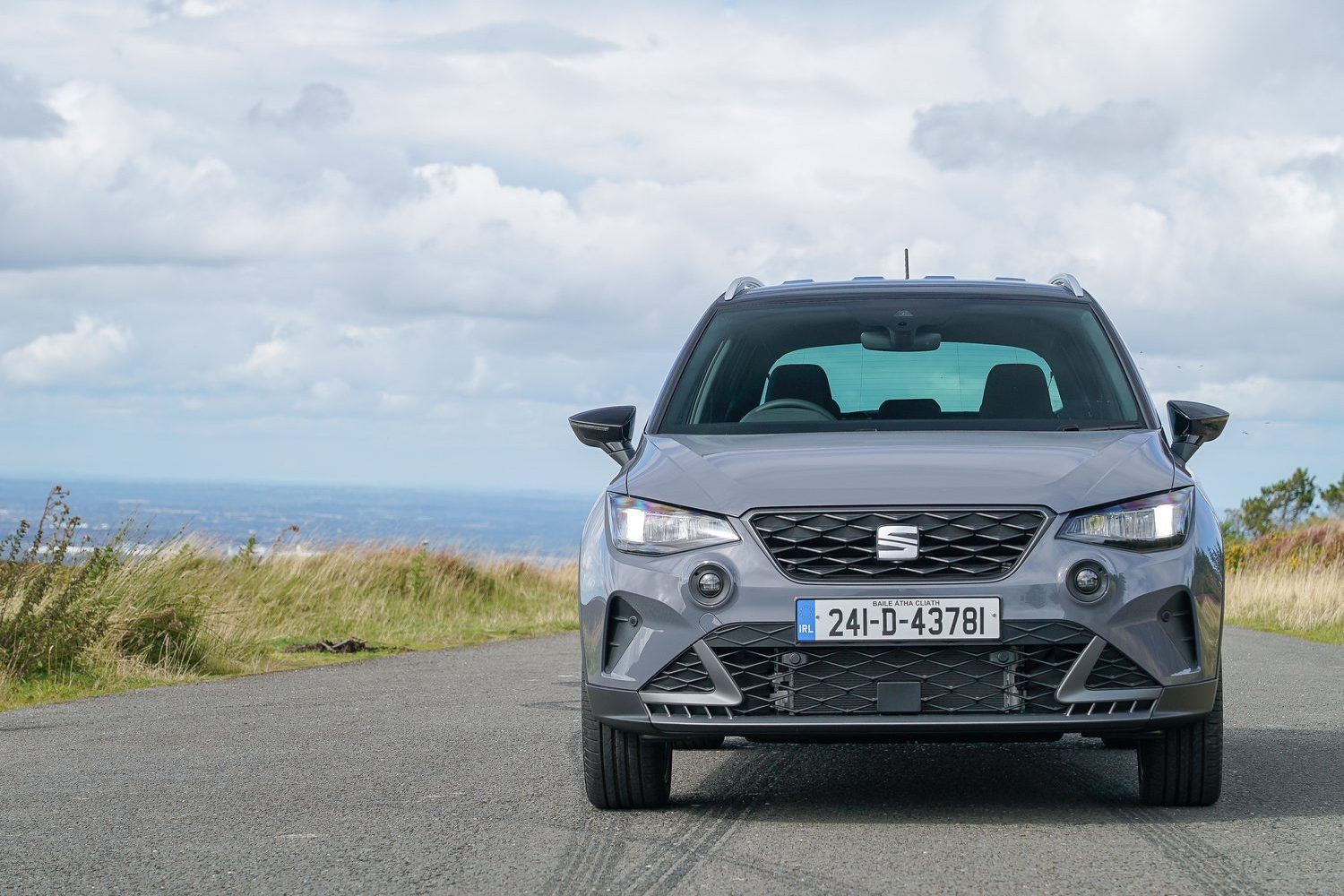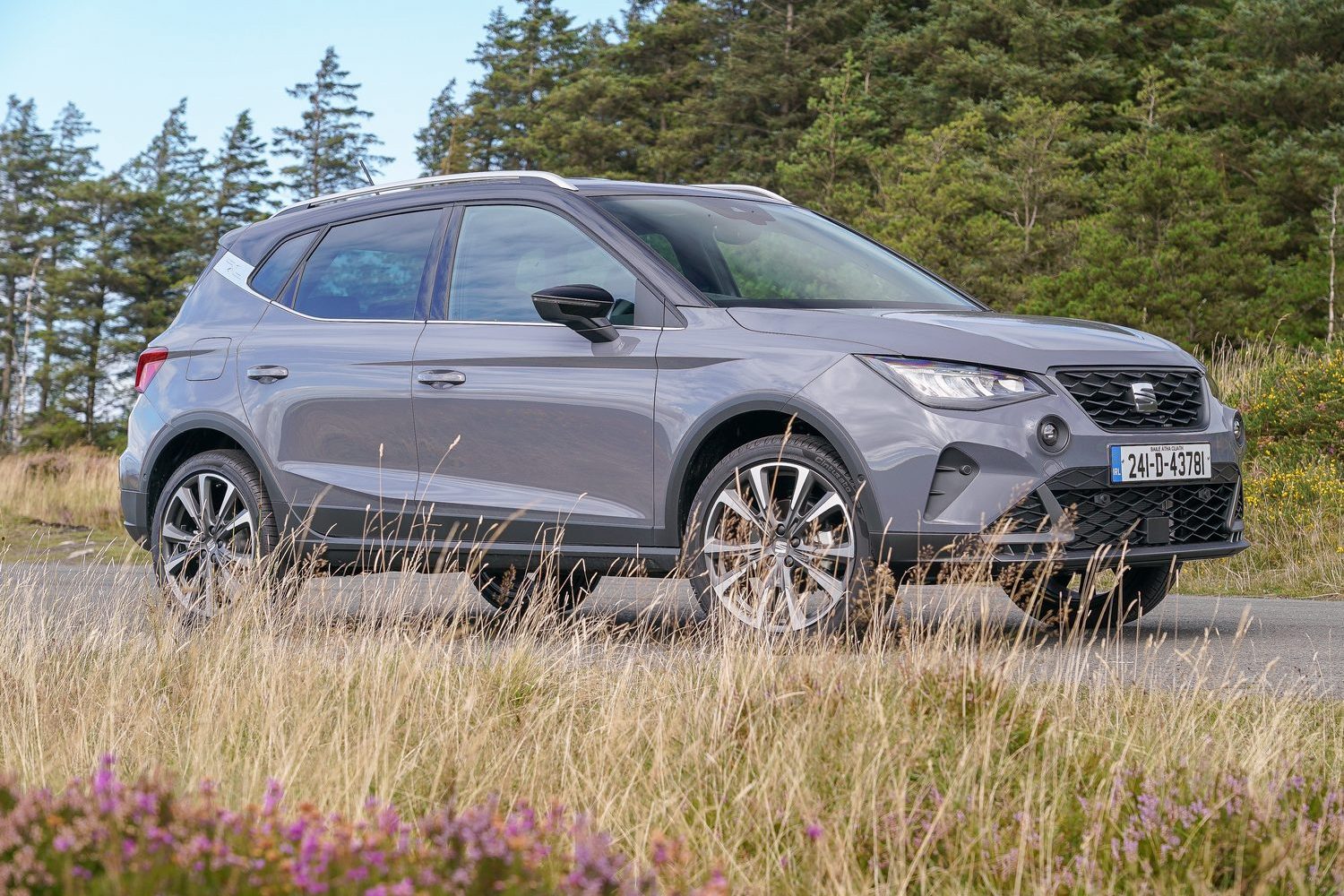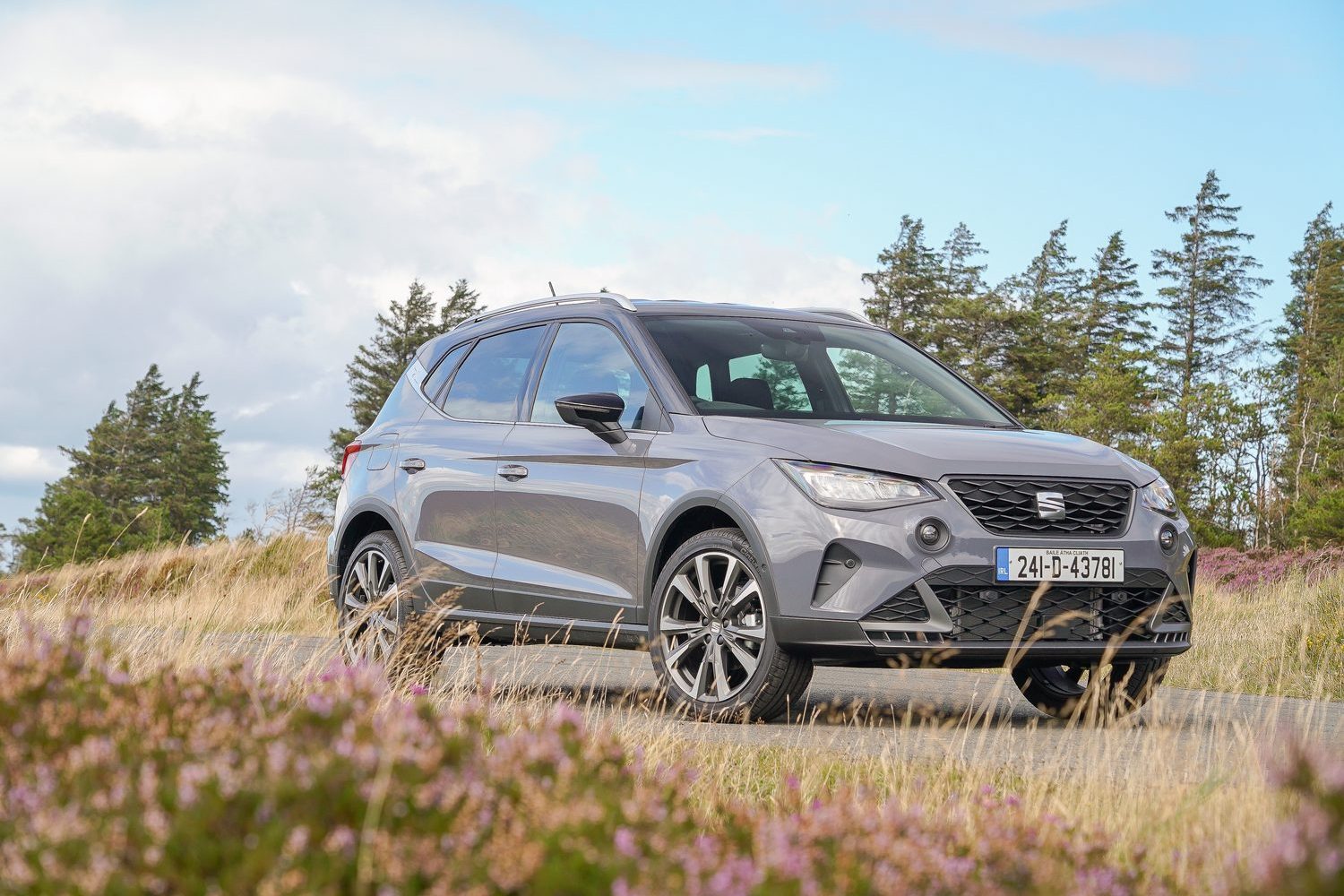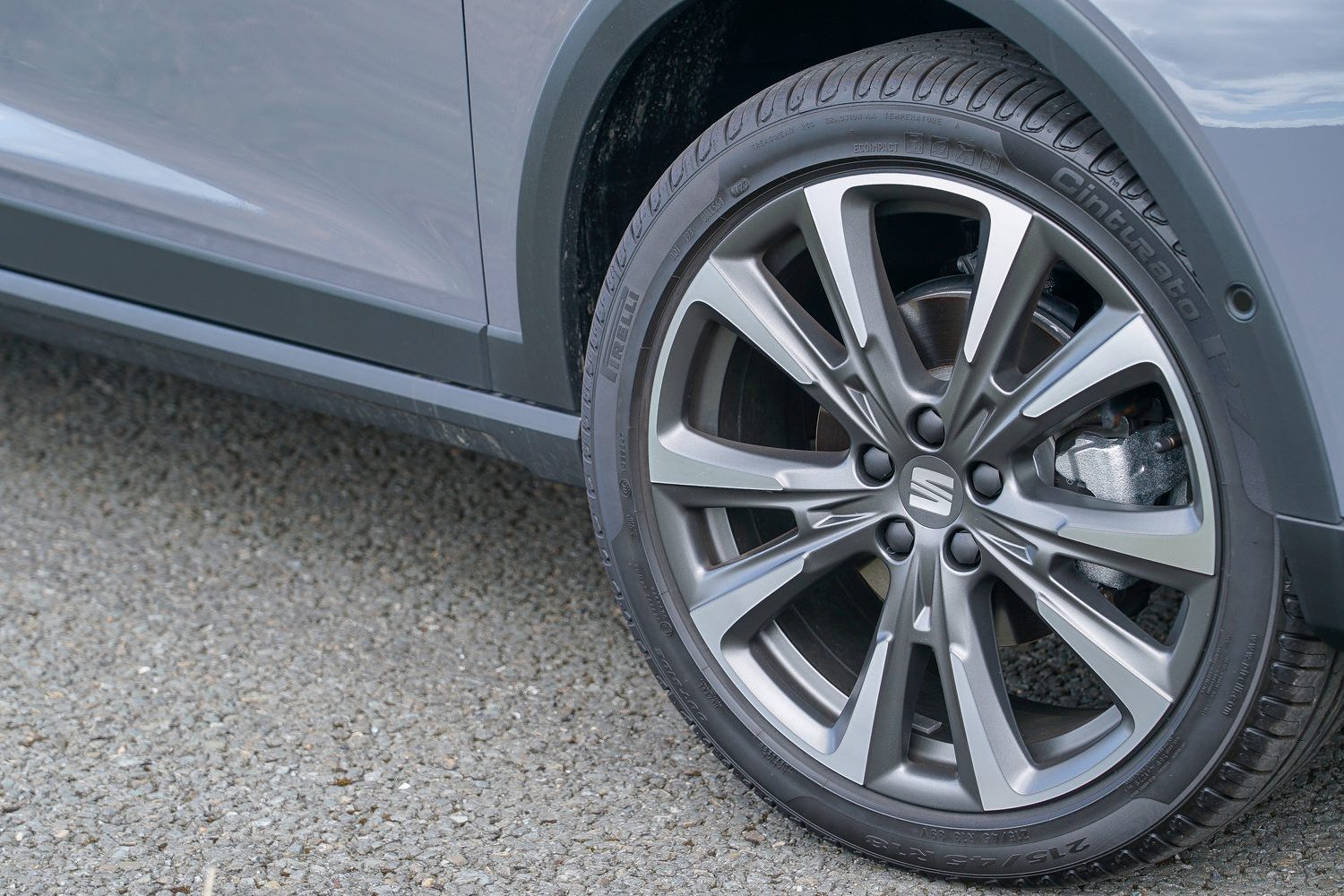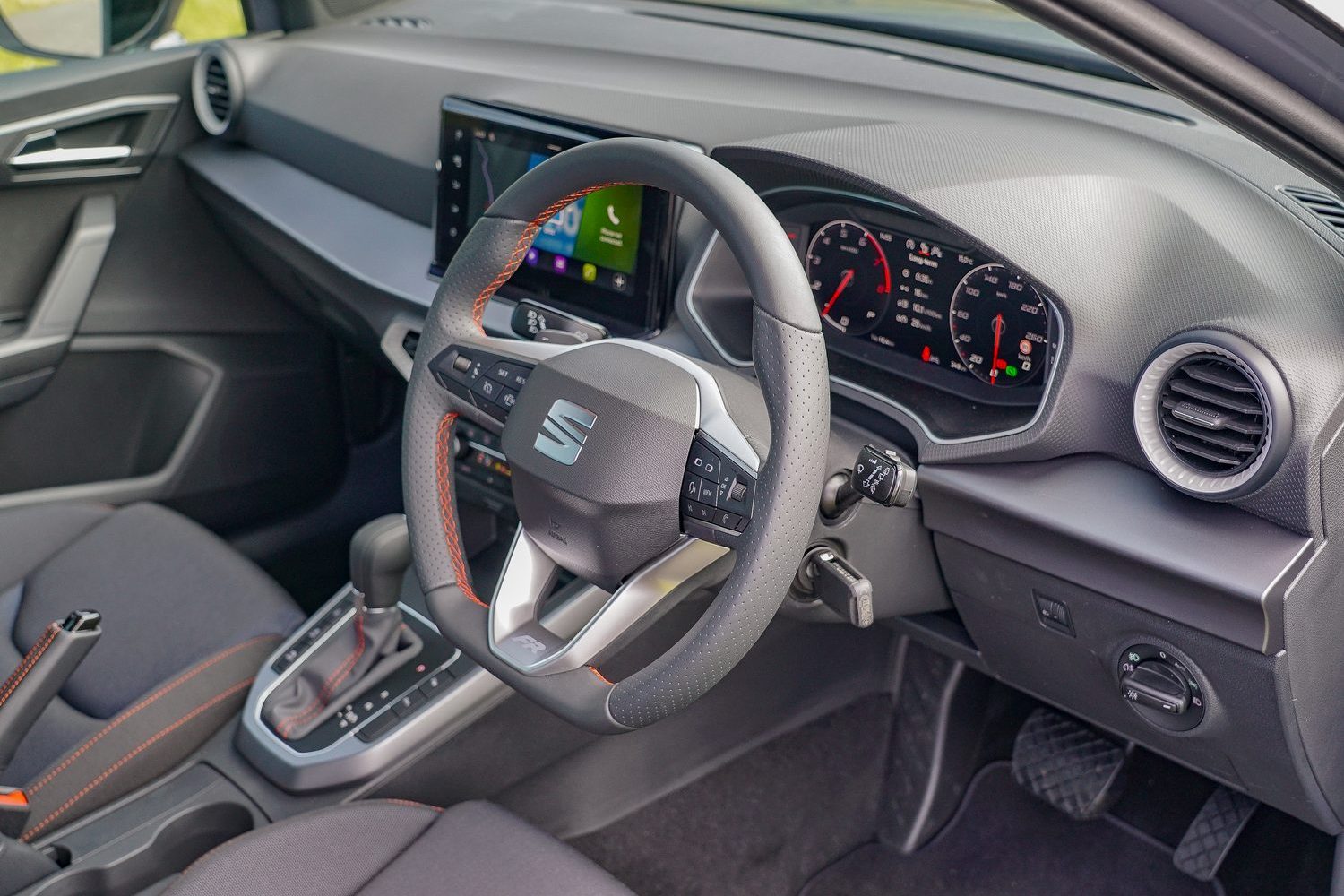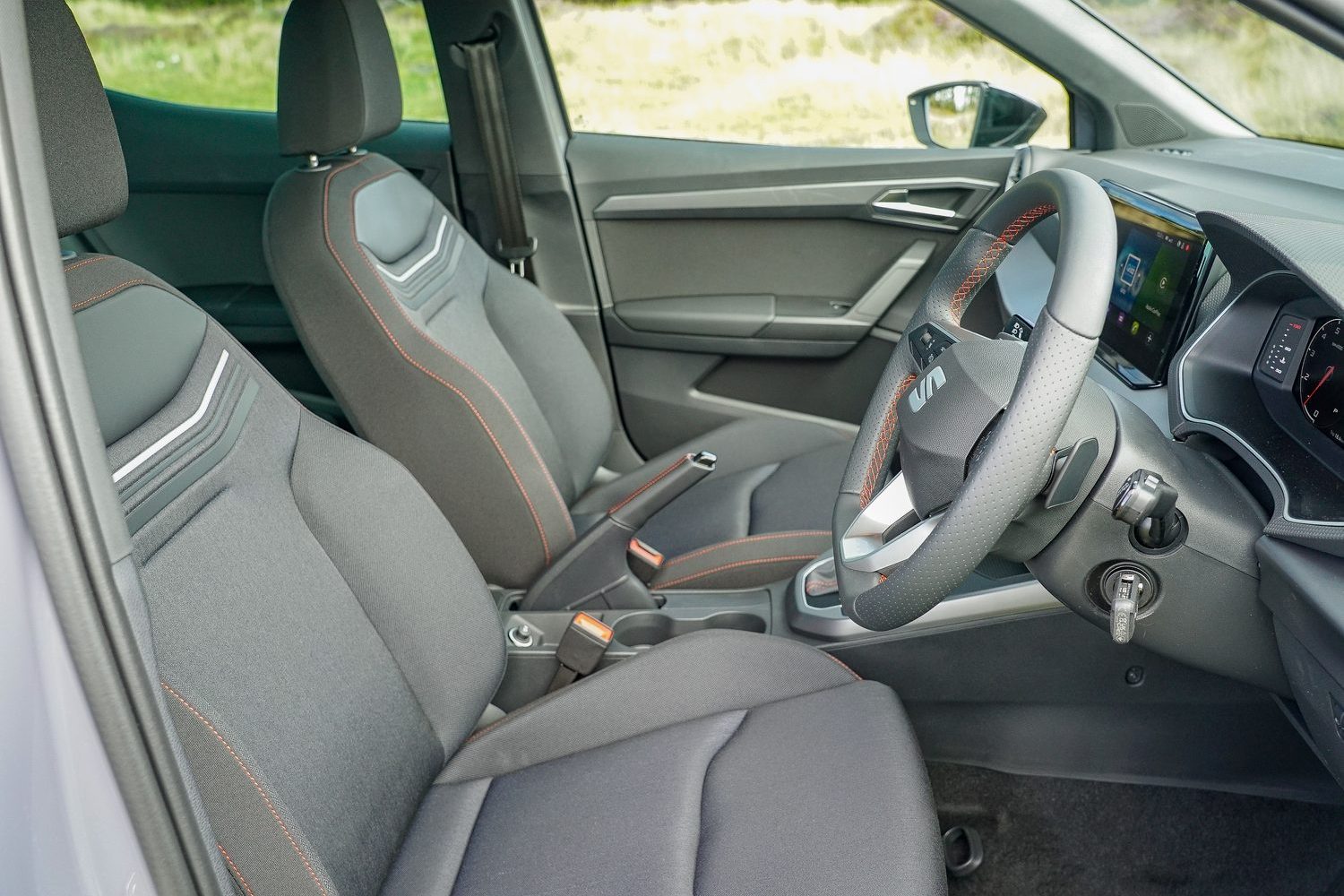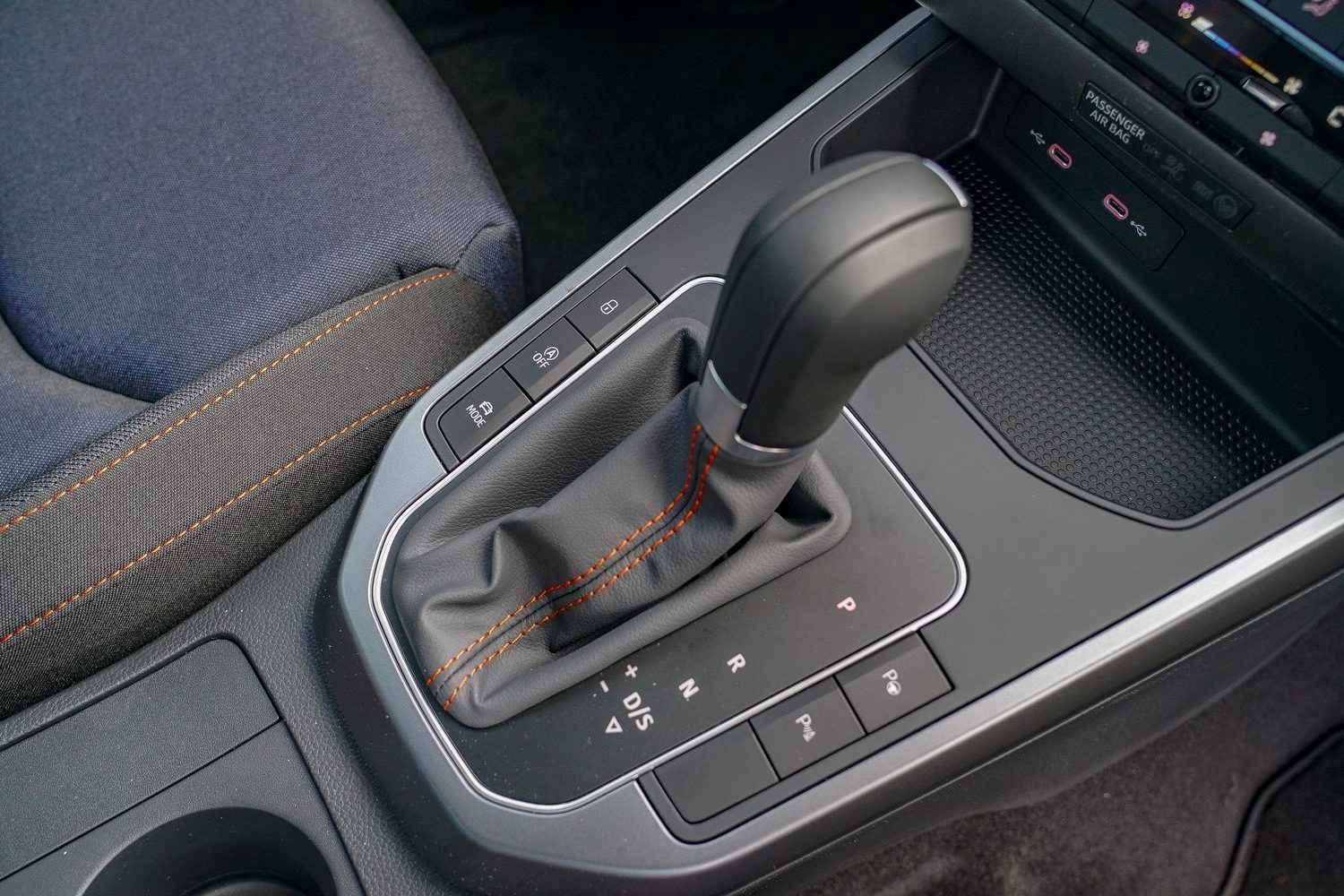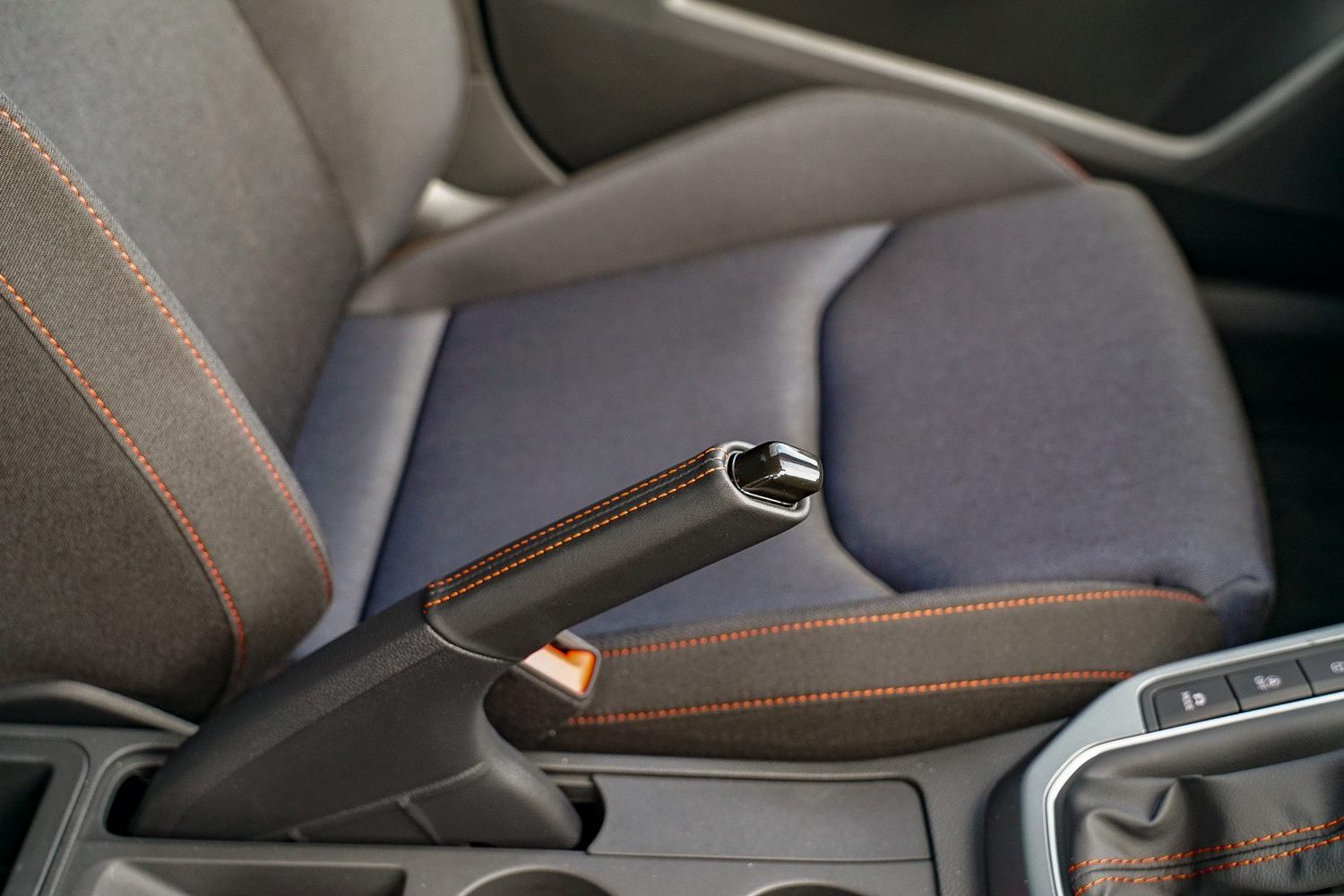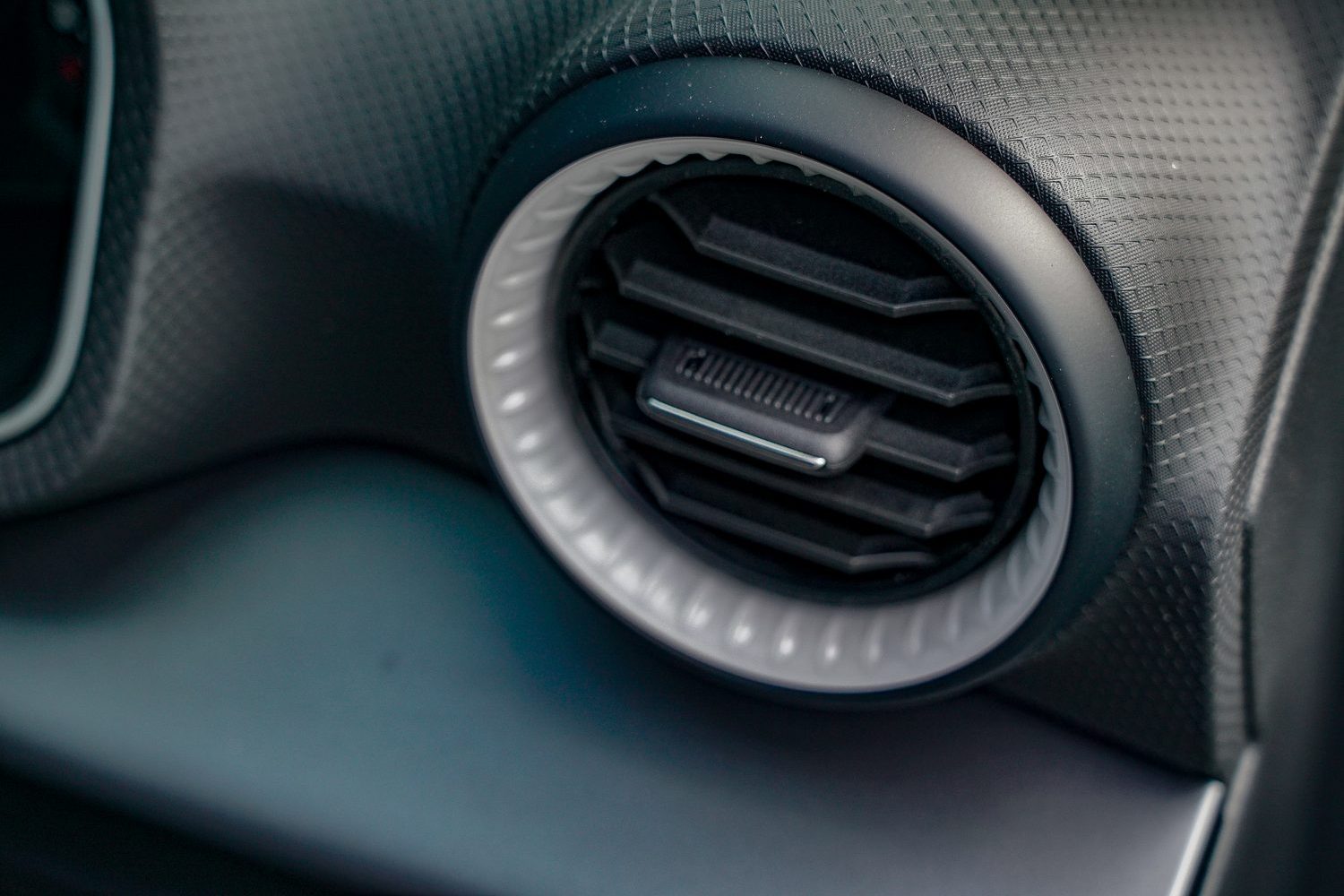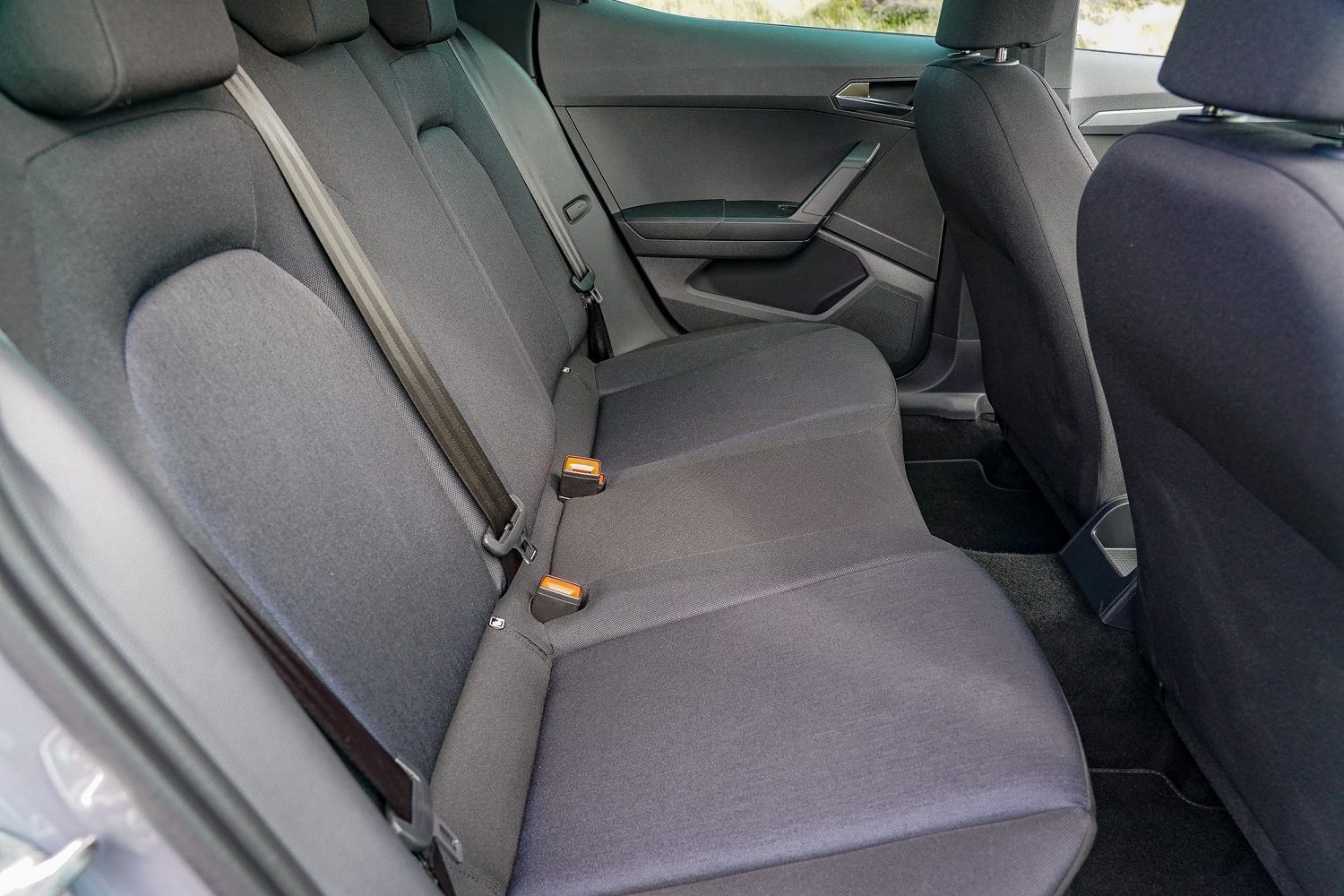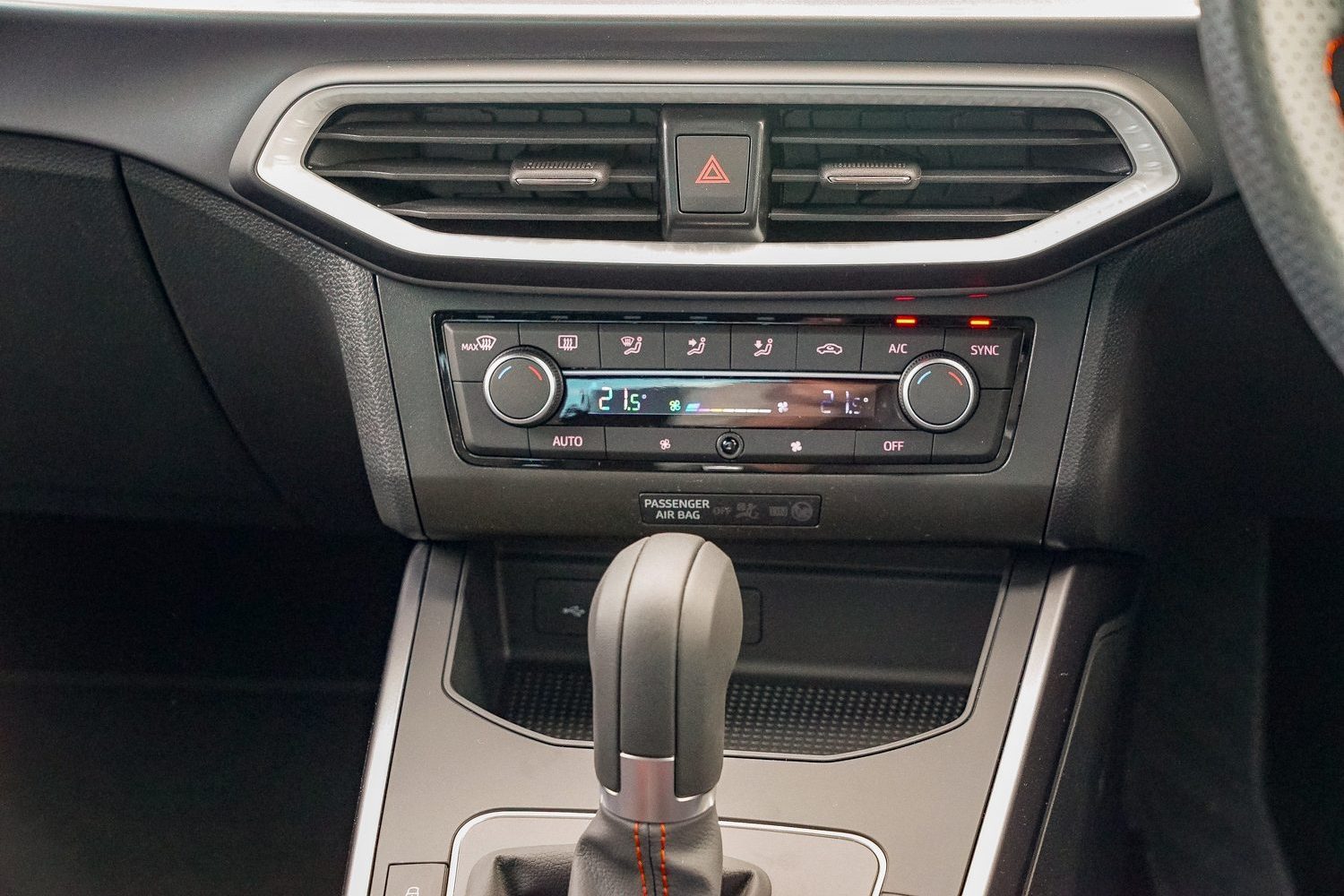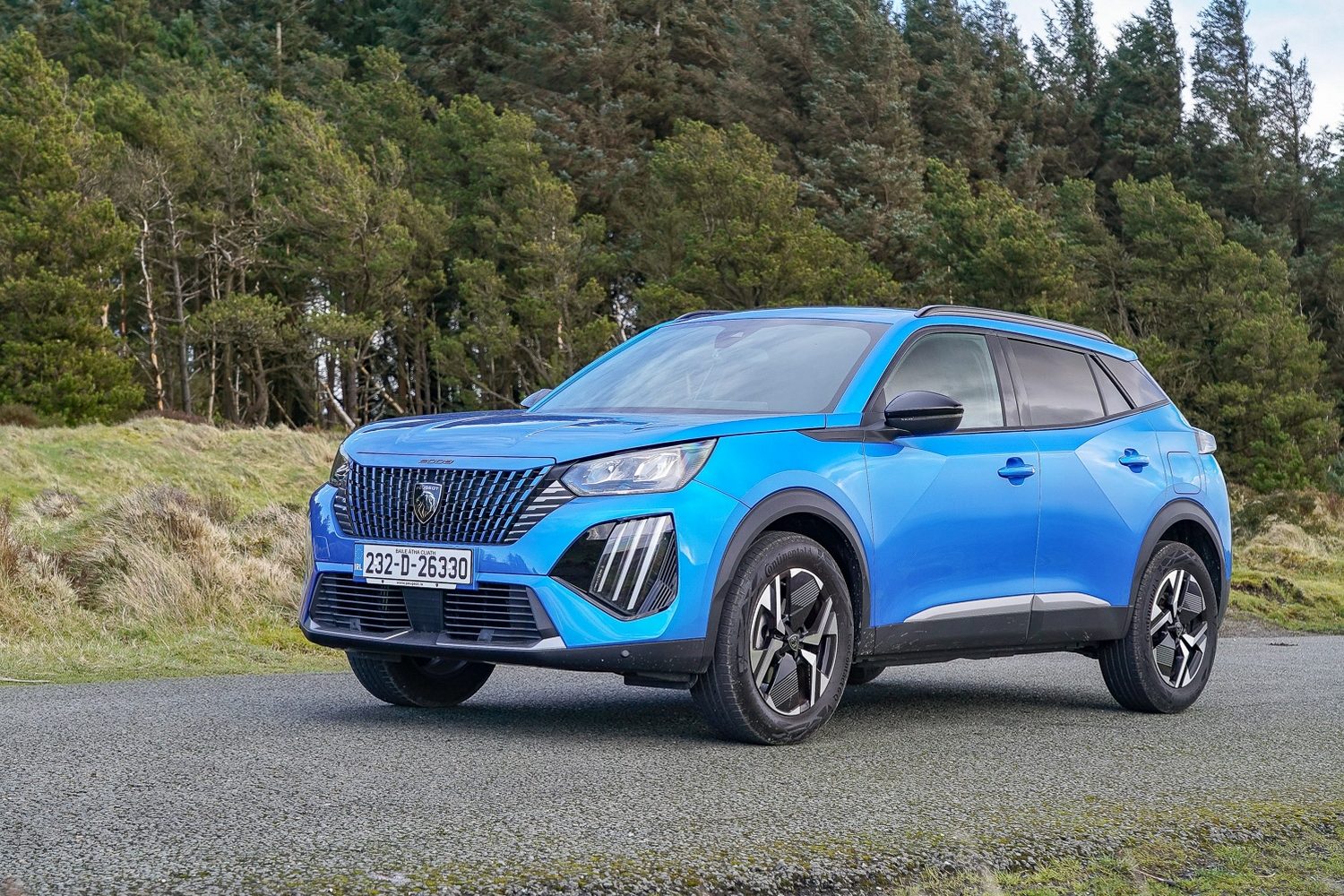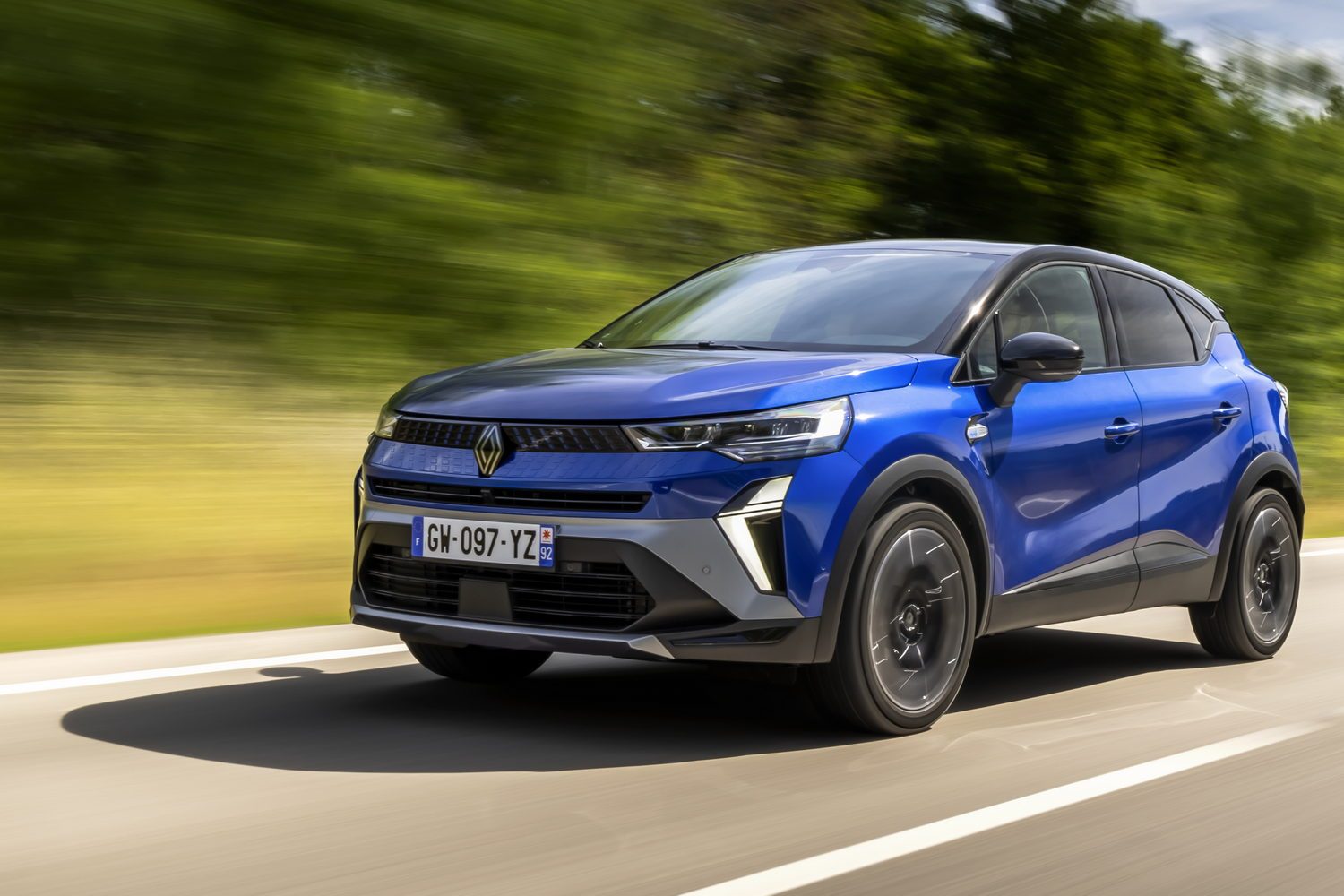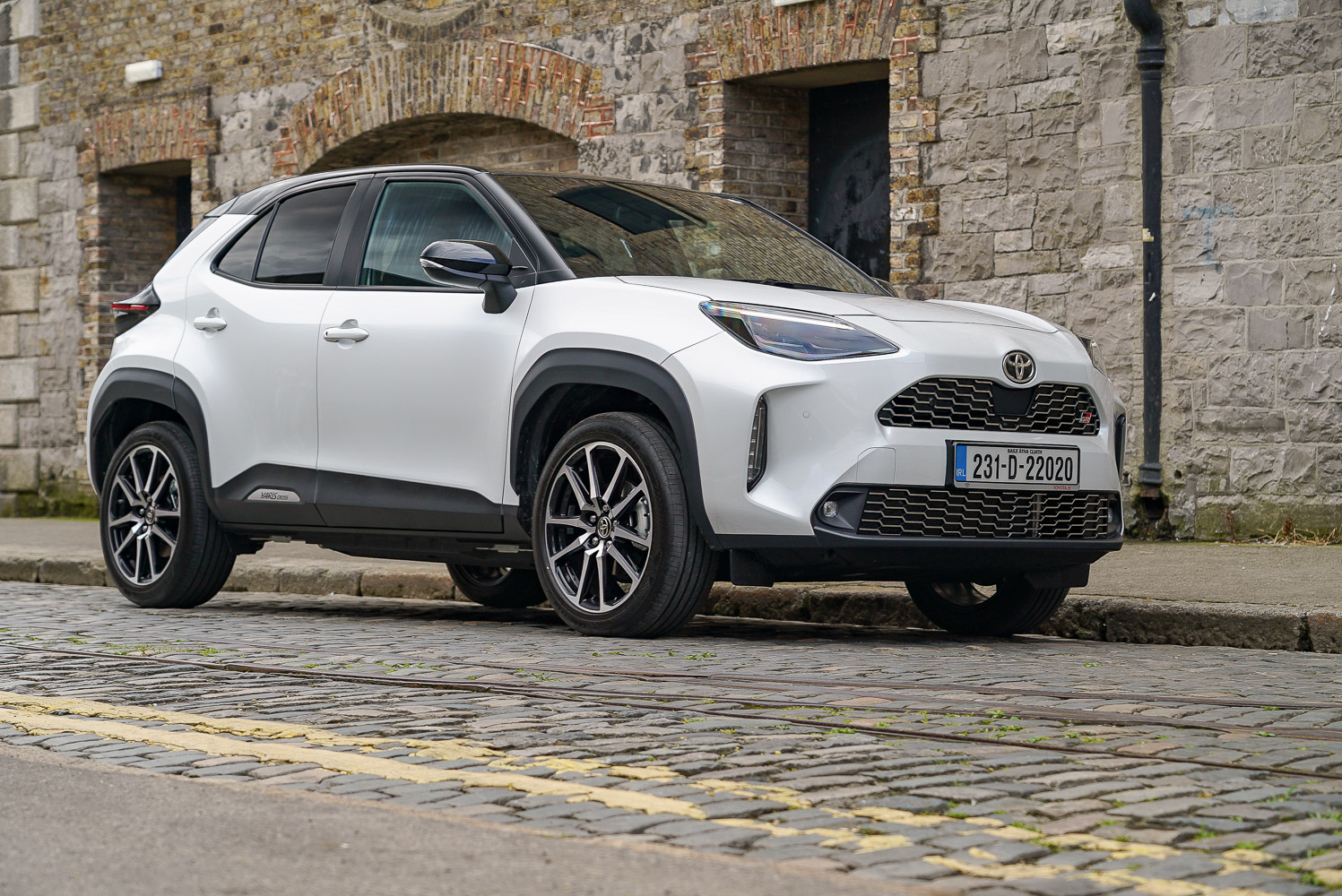Remarkably, the SEAT Arona first arrived way back in 2017 to take on the burgeoning small crossover segment. We declared it one of the best of the breed at the time, taking the underpinnings of the excellent SEAT Ibiza as a great starting point. In 2021, SEAT introduced a facelift for the Arona, and the modest exterior updates hid a comprehensive upgrade for the car’s technology. Little has been done to the Arona since then, until the launch of a new special edition for 2024. Celebrating 40 years of the Ibiza, the Arona FR40 is available in Irish dealers now, so we took it for a test to reacquaint ourselves with what used to be a class leader. After all, over a thousand buyers a year in Ireland still find it meets their needs.

How much is the SEAT Arona in Ireland?
Irish prices for the SEAT Arona start from €28,255 on the road, which is a temptingly low price in this day and age for a new car. The Arona is available in a wide range of trim levels, too, though the only engine option is a turbocharged 1.0-litre petrol unit. This is offered in 95hp and 115hp states of tune, and it’s possible to add a ‘DSG’ automatic gearbox to the more powerful engine.
The base specification is called SE, and it’s not sparsely equipped despite the low price. Included are 16-inch alloy wheels, black roof rails, LED headlights, rear parking sensors, digital instruments, electric windows, cruise control, auto lights and air conditioning. Even this entry-level Arona features a 9.2-inch touchscreen infotainment system with Bluetooth and USB ports, along with Apple CarPlay and Android Auto. The Arona SE Plus costs from €28,845 and adds 17-inch alloys and dark-tinted rear windows.
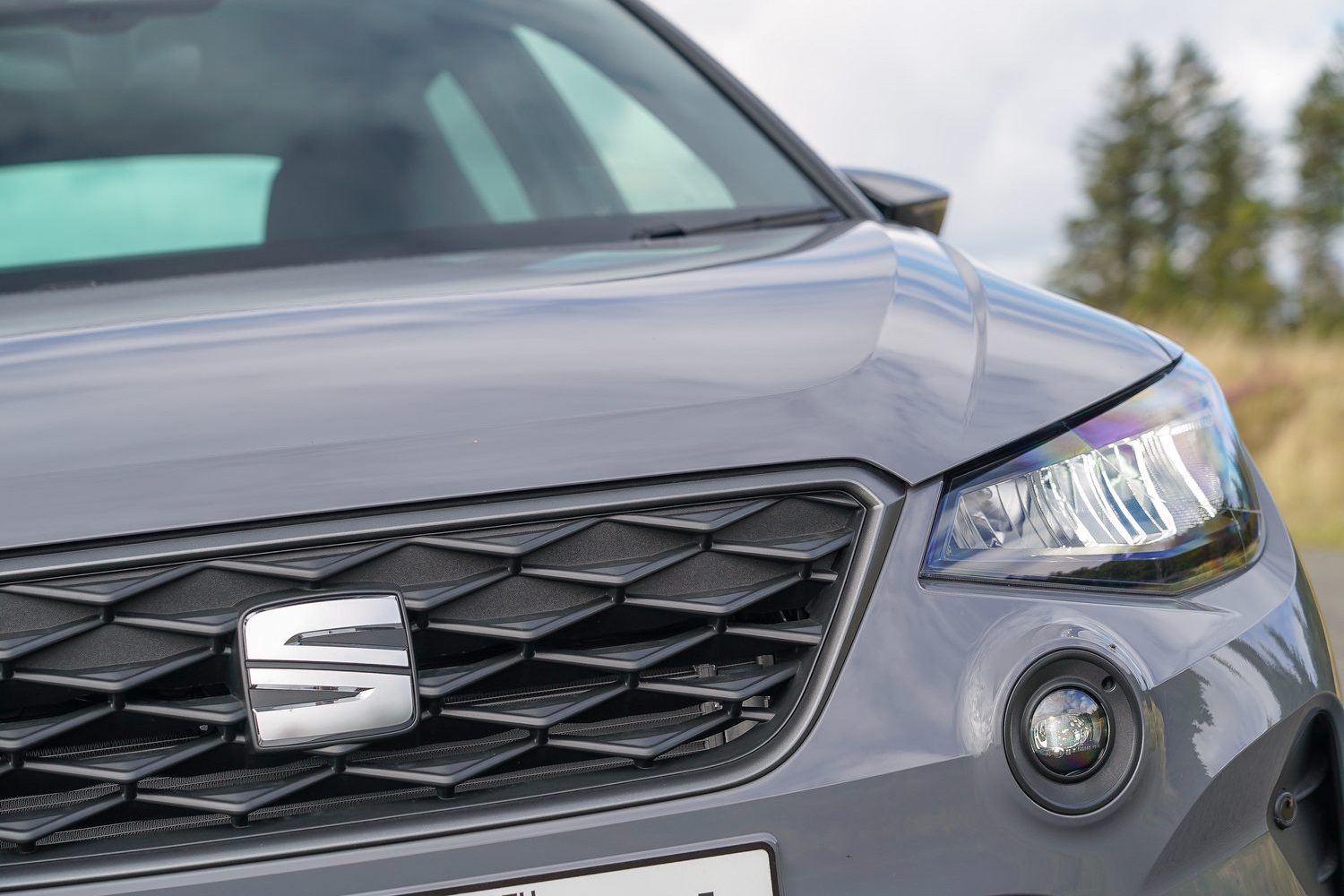
Next up is the Arona Xperience, priced from €31,830 and including 17-inch rims, chrome roof rails, a two-tone paint finish, LED rear lights, dark-tinted rear windows, a self-parking system, rear-view camera, heated door mirrors, auto wipers and a long list of other subtle upgrades to enhance the cabin of the car. The Xperience Plus (from €33,430) adds 18-inch wheels, a larger screen for the digital instruments, full LED lighting, adaptive cruise control, automatic high-beam headlights and Traffic Jam Assist.
Finally, it’s the FR models, starting at €31,855. The standard equipment on the Arona FR largely mirrors that of the Xperience, though the detailing is sportier, and the trim materials and badging differentiate the cars. The FR also gets a drive mode switch and an extra function of the stability control that selectively applies the brakes to one or other of the front wheels in a bid to enhance traction. SEAT calls this Dynamic Traction Support, and it’s referred to as XDS by the wider Volkswagen Group, calling it an electronic differential lock.
Incidentally, the Arona FR Plus gets 18-inch wheels and full LED lighting for a starting price of €33,435.
The new FR40 model sits between those, from €32,720 on the road. That’s for the 115hp manual model, while the automatic gearbox adds a further €2,450. It’s based on the regular FR specification, with a few extras we’ll detail in a separate section below.
At the time of writing, SEAT Ireland has a strong offer on the Arona for the “251” registration period in January 2025. PCP finance can be had with an APR of just 2.9 per cent, meaning an Arona on your driveway from as low as €219 a month; there’s a three-year service plan, tyre insurance and roadside assistance, too.
What makes the Arona FR40 unique?

Externally, you can spot the FR40 by its snazzy 18-inch ‘Cosmo Grey’ alloy wheels. They enhance the stance of the Arona and they’re an attractive five-spoke design. The introduction of the FR40 brings with it a classy new paint colour, too, called ‘Graphene Grey’, though it’s also available on other versions of the Arona FR, and the FR40 doesn’t have to be that colour. Spending this time with the car did confirm that the design of the Arona has aged well.
Inside, the air vents get textured grey surrounds, complemented by smooth ‘Dark Aluminium’ trim on the dashboard; it’s plastic, but nice to the touch in fairness. The FR40 also gets an alarm, though we’re kind of surprised that’s not standard across the range (an immobiliser is) and it’s an unusual addition at this stage of the car’s life. Elsewhere, while the interior design of the Arona betrays its age, it does still feel well put together, and its ‘old-fashioned’ physical switchgear is a joy to use in an automotive world obsessed with touchscreens.

Driving the SEAT Arona
Based on the same platform and wheelbase as the SEAT Ibiza, it should be of no surprise that the Arona handles in a similar fashion. Sure, the crossover is a little taller - so its centre of gravity is higher - and it’s moderately heavier too, but even the heaviest models weigh less than 1,300kg, which is a positive featherweight in today’s new car marketplace. There’s a little more lean in the corners and more nose dive under braking than in an Ibiza, but the Arona still clings on gamely and is perfectly capable in a variety of driving scenarios. Admittedly, and despite the FR additions, it’s not a car keen drivers will especially seek out. Few owners are likely to alter the driving mode, for example.
The little three-cylinder engine has plenty of gusto, and is smooth and quiet, too. Top tip though: stick with the manual gearbox if possible. Not only is it far more affordable, but it’s also much more satisfying to drive as the DSG automatic is a little slow-witted, dulling the performance of the engine. We found ourselves using its ‘S’ - for Sport - mode regularly to enhance response in traffic, and we turned off the stop-start system as it only exacerbates the situation. Away from town, the Arona makes for a decent motorway car, quite happy at the legal speed limit for a couple of hours at a time with the cruise control doing its job.
How economical is the SEAT Arona?

In a week of driving that included a run from Dublin to Cork and back in a day, the Arona FR40 averaged 6.6 litres/100km in our hands. That’s not too far away from the official 5.9 litres/100km figure and could probably be improved upon if you can resist the better response of the Sport driving setting - and put up with the stop-start system’s tardiness. Or just go for the manual... Other running costs promise to be low, too, with just €200 a year in motor tax and likely low insurance due to the modestly sized engine under the bonnet.
How many child seats can fit in the SEAT Arona?
Nobody is pretending that the Arona is suitable for a big family, but it’s not beyond coping with a couple of kids in the back. And it’s usefully more spacious and practical than an equivalent supermini - e.g. the SEAT Ibiza. Though sharing its wheelbase (the distance between the front and rear wheels) with that car, the Arona’s higher roof makes for more headroom and the option to sit higher. That frees up space in the back, though as with most cars of this size, it won’t be easy to accommodate large, rear-facing baby seats without compromising the position of the front seats.

Nonetheless, there are two pairs of ISOFIX mountings in the rear and the 400-litre boot is of ample size for most large buggies and ‘travel systems’. Usefully, it has a movable floor for further versatility, and the rear seat backs split and fold, in case you need to carry larger items. The airbag for the front-seat passenger can be deactivated as well, making it possible to add a child seat there secured by the seatbelt.
How safe is the SEAT Arona?
The SEAT Arona was last tested by Euro NCAP in 2022, receiving a five-star rating. It achieved 83 per cent for both child and adult occupant protection, only 65 per cent for vulnerable road user protection and 70 per cent for ‘Safety Assist’. A comprehensive package of safety equipment is fitted as standard.
The reasons you’d buy a SEAT Arona

The SEAT Arona remains competitive in the small crossover sector. It’s well-priced and specified, there’s loads of choice in the lineup, it’s decent to drive and it even still looks good. For a similar price to a supermini hatchback, you get more space and versatility, yet without a significant increase in running costs. Some will dismiss the Arona because it’s not as fresh-faced as its latest rivals, but its age doesn’t go against it on this occasion.
Ask us anything about the SEAT Arona
If there’s anything about the SEAT Arona we’ve not covered, or you’d like advice in choosing between it and other vehicles, you can avail of our (completely free) expert advice service via the Ask Us Anything page.

